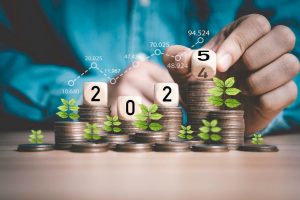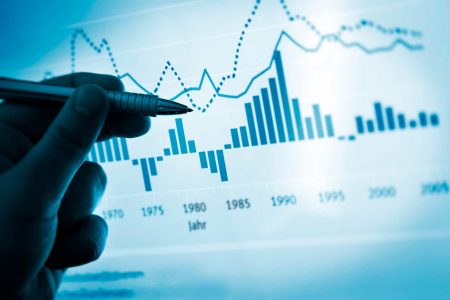What’s the catalyst for a serious pullback? That’s what everyone seemed to be debating over the long weekend. Not what will keep stocks advancing, but what will it take to get a real pullback. And by a pullback, I don’t mean a 5% summer pullback. You know that is coming. It always comes. I am talking about going back to zero for the year. The S & P 500 is up 15% this year. What kind of factors would we need to see for it to go back to zero for the year? That’s where a lot of people get stumped. Everyone knows valuations are high, but the earnings trend has gotten a little better recently as the soft landing has taken hold. Tech earnings are moving up even faster than overall earnings. To believe in a pullback to zero for the year, you have to believe the soft landing won’t hold. You have to believe that employment is going to come down hard, earnings are suddenly going to crater, and that interest rates are going to rocket up more than the 50 basis points the Fed thinks it might raise . Most people have a hard time making those arguments. History shows just the opposite happening: In years when the S & P 500 has a particularly strong first half, it tends to close strong as well. Here’s an example: The S & P 500 has been up 15% or more in the first half of the year 10 times since 1980. In those cases, it closed higher for the full year 10 out of 10 times, with an average gain of 23% for the year, according to BTIG. The rally is broadening out, but slowly You’ve heard the usual complaints: the technology and communication services sectors account for almost 90% of the S & P 500 year-to-date return, and that just seven companies account for over 80% of those gains. Is it desirable for the market to broaden out? Of course it is. The market advance has broadened out, but the advance has been modest. June has seen an advance in the the advance/decline line for both the S & P Small Cap 600 and the Mid Cap 400, though nowhere near the advance the big-cap S & P 500 has seen, or the Nasdaq 100. The S & P 500 is where most of the money is Regardless: the simple fact is the vast majority of the investing public is invested in the stocks in the S & P 500, and particularly the S & P 100. The S & P 500 is 80% of the value of the U.S. stock market. And the news here is good: the S & P advance/decline line has already passed its recent February high, and at the highest level since August of last year. A slightly different measure of a market advance: 61% of the S & P 500 are above their 200-day moving average. That’s the highest level since early February. At the start of June, it was a paltry 37%. If you really want to get excited, let’s see if we can get above the February levels: 75% of the S & P 500 was above its 200-day moving average at that time. It hadn’t been that high since September 2021. Given the big advance is the largest stocks, maybe a middling advance in the rest of the market is all we can reasonably expect, for the moment. “We wouldn’t expect a broadening advance to develop in a straight line either,” Ari Wald, senior analyst at Oppenheimer, said in a note to clients over the weekend. “Still, when we think about the textbook characteristics of a bear cycle, market bottom, and subsequent upturn in the cycle, it’s tough to find a better example than what’s developed over the prior 18 months.” Stocks have competition from bonds and cash Maybe the biggest problem the stock market has is that cash and bonds still provide attractive returns for shell-shocked equity investors, as well as a lot of other people who pulled money out of their savings funds and bought short-term Treasurys earlier this year. Over the weekend, the Financial Times noted that the yield on cash, bonds and equities was about the same, at just over 5%. Those continuing high yields for bonds and cash represent competition for stocks. “Now we have the inflation problem which has led to monster rate hikes, it means equity markets are much less attractive,” said Christian Kopf, head of fixed income at Union Investment said, as quoted in the FT article.
Read the full article here













